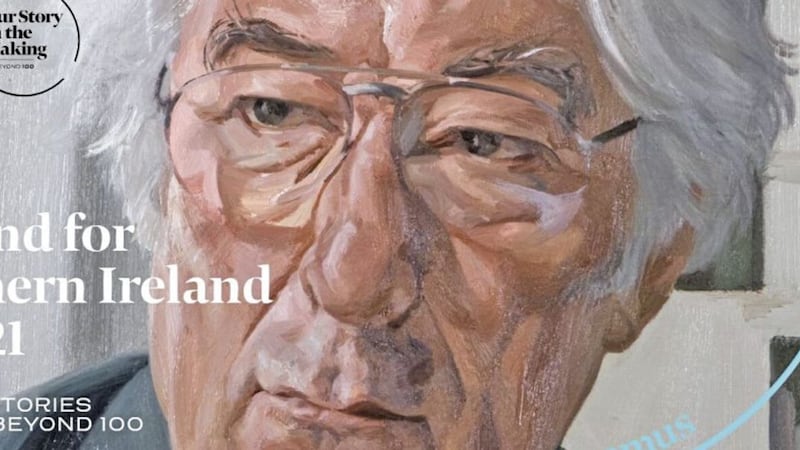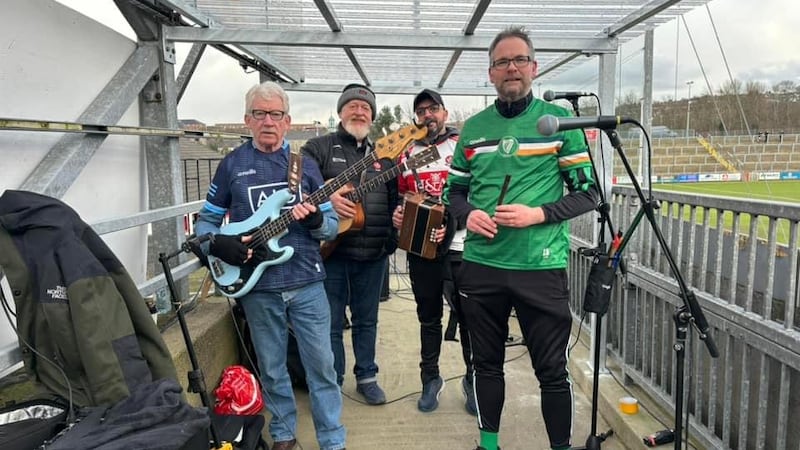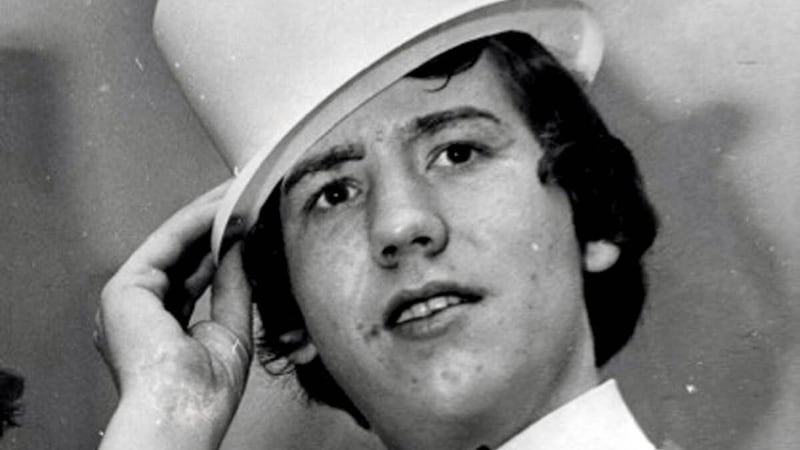AN Ulster Unionist MLA last night described the use of an image of poet Seamus Heaney in the branding for a £3 million plan to commemorate Northern Ireland's centenary is "an attempt to be inclusive" despite criticism from nationalists.
Doug Beattie said he believed the Northern Ireland Office (NIO) is "seeking to involve those not from a Unionist background" by choosing to include the portrait of the late Co Derry-born Nobel laureate.
A colour painting of the poet, who was born into a rural Catholic family in Bellaghy, appears among the images in the "Our Story in the Making: NI Beyond 100" initiative.
The campaign was unveiled by Secretary of State Brandon Lewis at an event in Belfast on Monday. It is not known if Mr Heaney's family, who have not been available for comment, were consulted about plans to use his image.
According to the launch website, the branding was created "in the spirit of inclusivity, mutual respect and optimism for Northern Ireland, respecting all perspectives, as we go beyond 100".
But questions have emerged about the use of the image of the poet in the branding, given his clear nationalist views.
The world renowned poet, who died in 2013, once famously wrote: "Be advised, my passport's green / No glass of ours was ever raised / To toast the Queen."
He also noted: "Loyalism, or Unionism, or Protestantism, or whatever you want to call it, in Northern Ireland - it operates not as a class system, but a caste system."
SDLP leader Colum Eastwood last night described the use of Heaney's image as "deeply offensive" and tweeted an image of the poet alongside his quotes about a toast to Queen Elizabeth.
He described it as a "cynical attempt to co-opt Seamus Heaney’s image and reduce his work to a branding tool to promote that narrative about partition".
Numerous comments have also been posted on social media about the issue, including remarks from Co Derry woman Emma DeSouza, who campaigned for her right to be considered Irish from birth under the terms of the 1998 Belfast Agreement.
She said: "I object to Heaney being used as a political symbol in any shape or form" adding that "Heaney did not consider himself British, we can't of course presume to know how he would feel about being used in the branding for the centenary but his work does give us an idea".
However, Mr Beattie said he "assumed that Seamus Heaney and his poetry belonged to all of us".
"I would imagine the NIO was seeking to involve those not from a unionist background in an attempt to be inclusive, which should be welcomed," he said.
"Had they not done so, no doubt the critics would have been howling about the lack of any non-unionists.
"Up to now I have always assumed that Seamus Heaney and his poetry belonged to all of us, but that view clearly is not shared across the community.
"It is very clear that for some republicans the goal is not an Ireland of equals underpinned by the equality and respect they are so fond of talking about.
"The reality is that as far as they are concerned, the only place for unionists is off the island of Ireland or invisible on it."
It also remained unclear if permission was sought from Mr Heaney's family before his image was included in the centenary campaign.
The NIO has said that "permission for use of the Seamus Heaney portrait was received from the Seamus Heaney Centre at Queen's University Belfast, who hold rights to the portrait".
A spokesman also said that the "purpose of the centenary brand is to showcase stories from all communities and all geographic areas, both historically and into the future".








